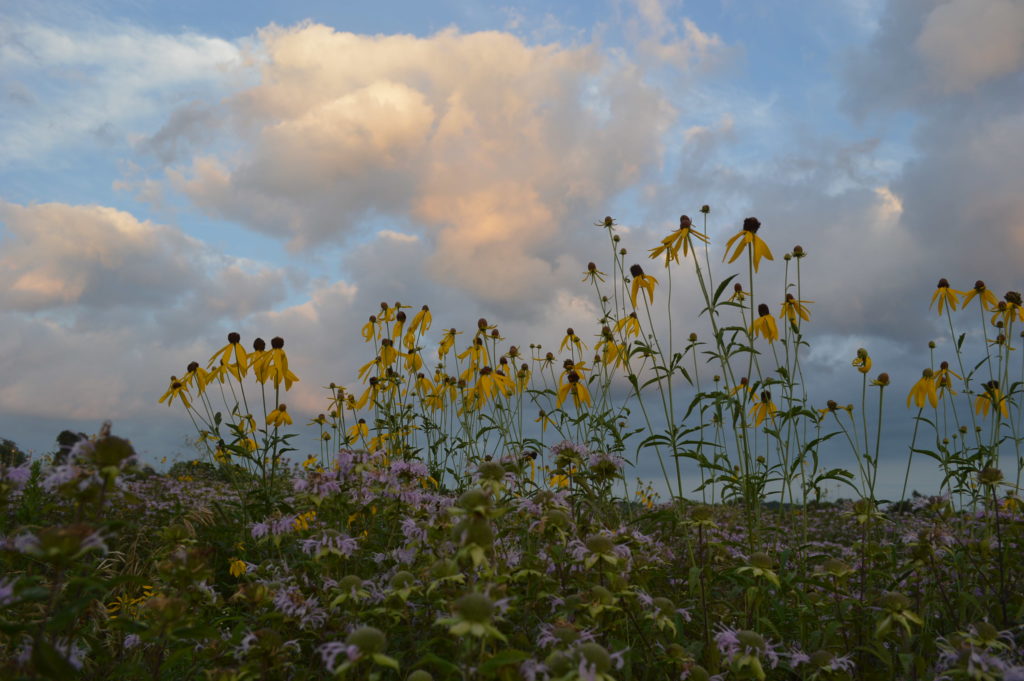
Wild bergamot, grey-headed coneflower and other native plants grow in the Prairie Pollinator Zone in southeast Cedar Rapids, Iowa, as seen on July 18, 2020. (photo/Cindy Hadish)
CEDAR RAPIDS — Acres of prairie transform in summer to a sea of lavender and gold in southeast Cedar Rapids.
Years in the making, the Prairie Pollinator Zone, at Stewart Road and Otis Avenue SE, provides a tranquil sanctuary in the city for butterflies, bees and other pollinators that dance flower-to-flower, with milkweed — the only food source for monarch caterpillars — interspersed among other native plants, such as purple coneflower, wild bergamot and grey-headed coneflower that stretches 5 feet tall.
In sultry July heat, a turkey vulture soars like a kite above the acreage; swallows dive-bomb in and out of the prairie, while other birds sing from nearby trees and a rabbit nibbles clover at the property’s edge.
A carload of young women stop by to take photos of themselves with the stunning backdrop of the blooming flowers, a rarity on such a large scale in the city.
In the age of coronavirus, scientists acknowledge the importance nature provides in offering respite from the stream of pandemic-related concerns, but the fate of this nature preserve lies in the hands of a district court judge, after the Cedar Rapids City Council voted last year to allow its destruction.
Despite protests of residents of the nearby Rompot and Prairie Park Fishery neighborhood, and users of the popular nature corridor, the council approved rezoning in December 2019 to allow ag giant Cargill to build a 200-car, 12-track industrial railyard on the city-owned land. The modest-income Rompot neighborhood was already hit particularly hard during the 2008 flood.

Rudbeckia, commonly known as black-eyed-Susans, peek through grasses in the prairie. (photo/Cindy Hadish)
Mayor Brad Hart and council members Dale Todd, Ashley Vanorny, Scott Olson, Tyler Olson, Ann Poe, Marty Hoeger and Scott Overland all voted in favor of rezoning the 28-acre floodplain site from suburban residential large lot to general industrial, and approved a development agreement that will allow the multinational company to operate the railyard 12 hours every day, 365 days per year. Outgoing council member Susie Weinacht was the only “no” vote.
Related: City “held hostage” by Cargill demands
Kate Hogg and state Sen. Rob Hogg, whose home sits one-quarter mile from the Prairie Pollinator Zone, filed a petition for writ of certiorari Dec. 16 in Linn County District Court, later backed by six members of the Protect the Prairie Park Corridor non-profit corporation.
The petition, which names the Cedar Rapids City Council as defendants, asks that the court stay any further approval or development of the property until final resolution of the petition and that the court set aside the council’s approval of the future land use map amendment, citing, among its arguments, the city’s agreement to sell property in the 200-year floodplain in violation of its own Flood Control System Master Plan.
Filings further contend that the city misled its own City Planning Commission and the public, as City Manager Jeff Pomeranz made the rezoning application, rather than Cargill, whose Otis Road plant is located 1.75 miles away from the Stewart Road Property.
That means the city, rather than Cargill, should have been responsible for public outreach. Instead, left to Cargill, many residents expressed frustration that they were not invited to meetings with the corporate giant or their “invitations” arrived days after the events.
“The City has not cited a single case that supports putting an industrial use into an existing nature corridor or residential neighborhood, either in the City itself or elsewhere in the State of Iowa,” Rob and Kate Hogg argue in their filings. The city had received a state REAP grant to create the Prairie Pollinator Zone.
A judge will make a decision on the case.
Dan Pulis, Cargill’s Cedar Rapids corn milling plant manager, has said the railyard would take seven to nine months to construct. Even if a new pollinator site is planted elsewhere to mitigate the loss, this could be the last summer for this established Prairie Pollinator Zone, depending on the outcome in court.
More: Legal filing calls Cargill’s proposed railyard “unlawful”
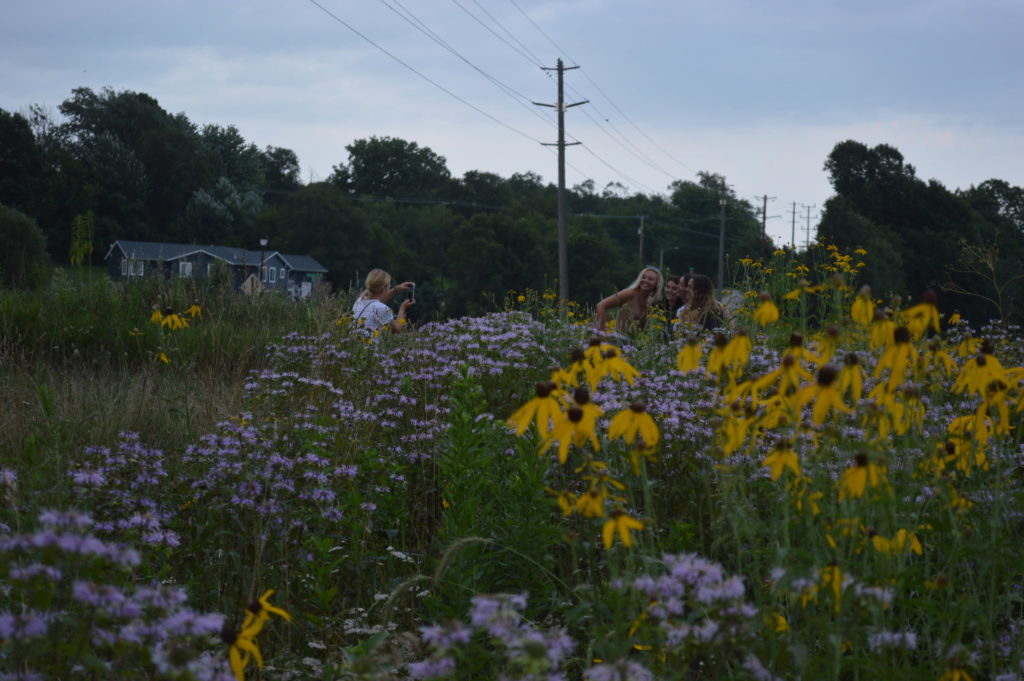
A group poses for photos in front of the Prairie Pollinator Zone in southeast Cedar Rapids. (photo/Cindy Hadish)

Milkweed, the sole food source for monarch caterpillars, blooms in the Prairie Pollinator Zone. (photo/Cindy Hadish)
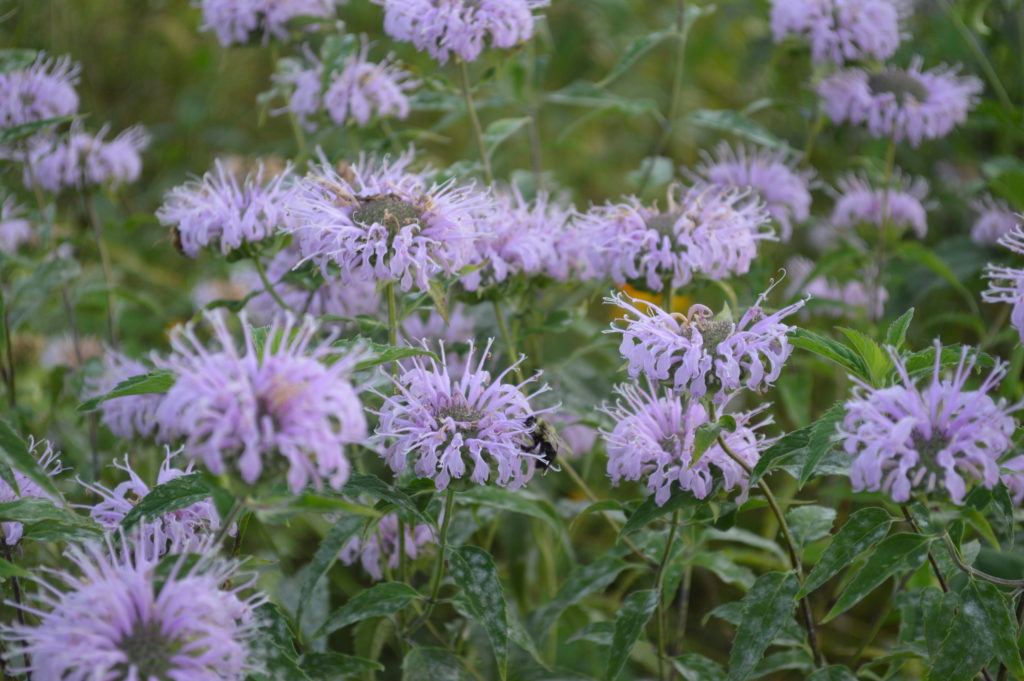
A bee is attracted to the wild bergamot, also known as bee balm, at the Prairie Pollinator Zone in Cedar Rapids. (photo/Cindy Hadish)
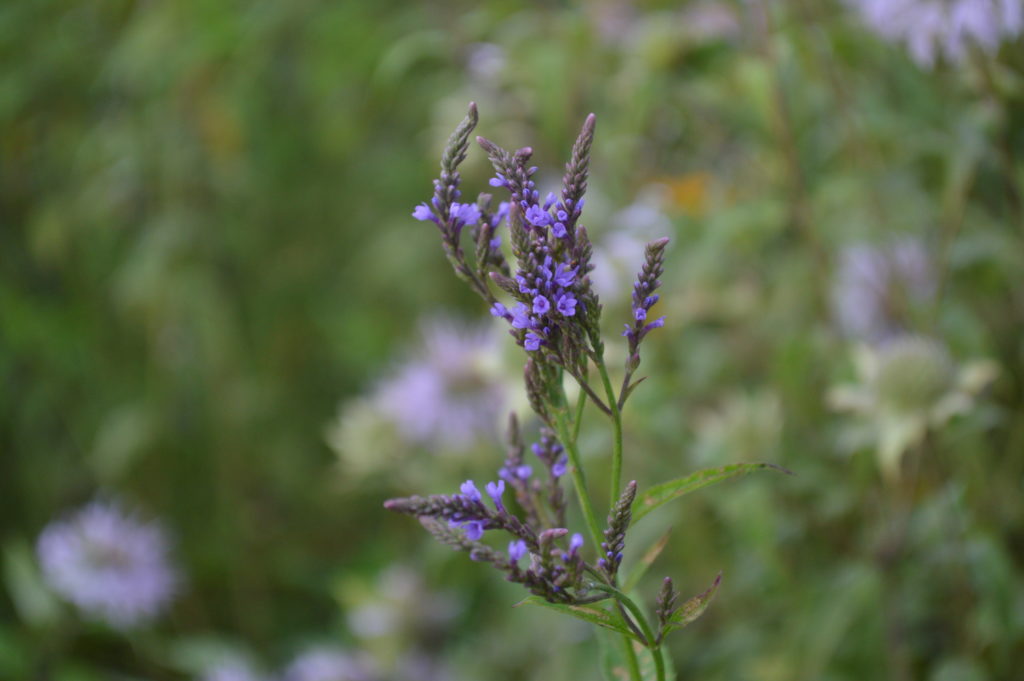
Blue vervain is among plants growing at the Stewart Road site that could be turned into an industrial railyard. (photo/Cindy Hadish)
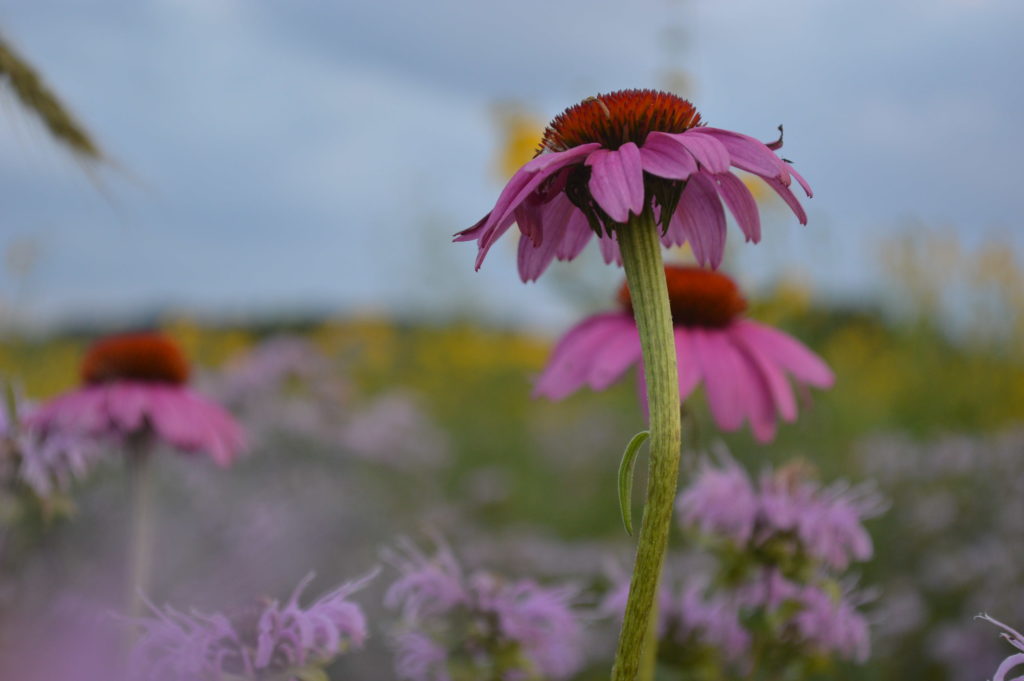
Purple coneflower add color to the Prairie Pollinator Zone in southeast Cedar Rapids. (photo/Cindy Hadish)
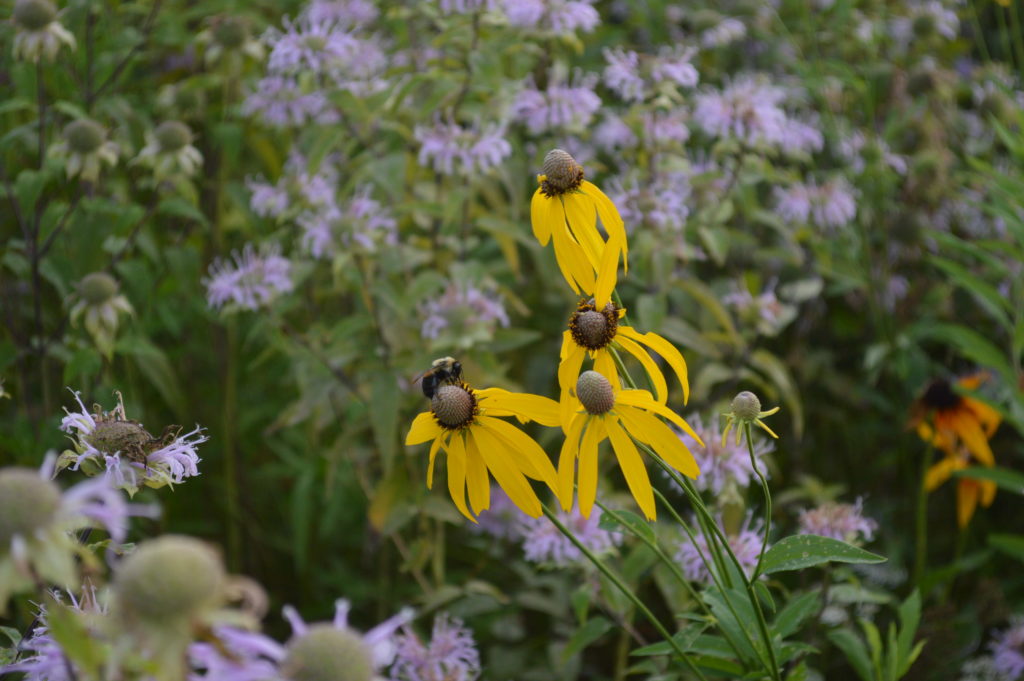
A bee alights on grey-headed coneflower in a zone created specifically for pollinators in Cedar Rapids, where an industrial railyard is now planned. (photo/Cindy Hadish)


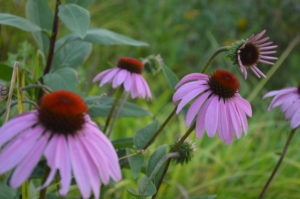
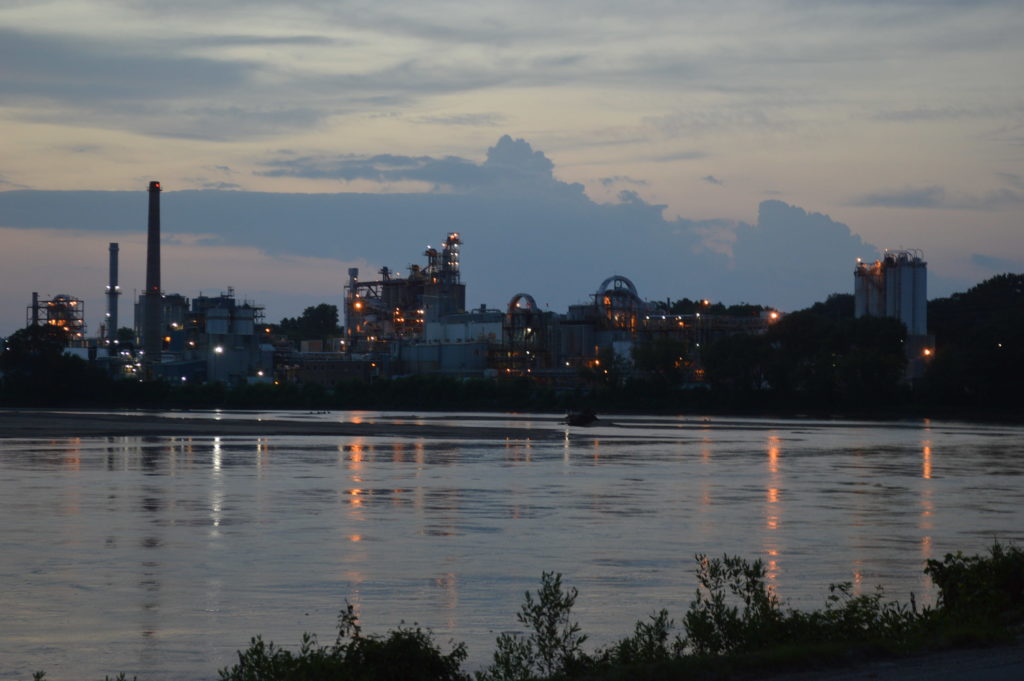
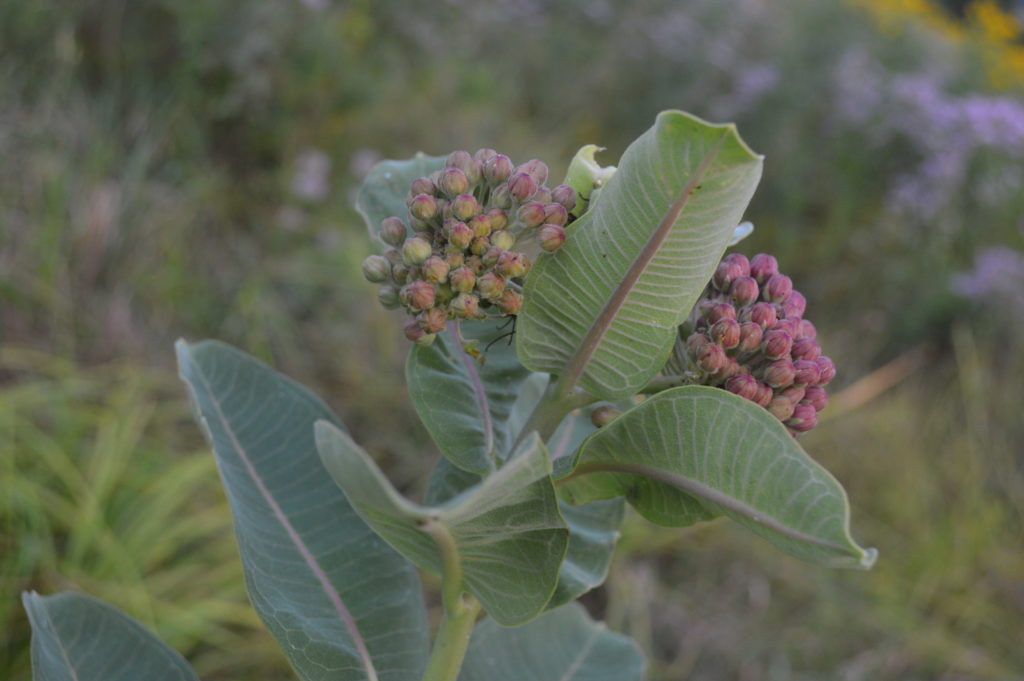
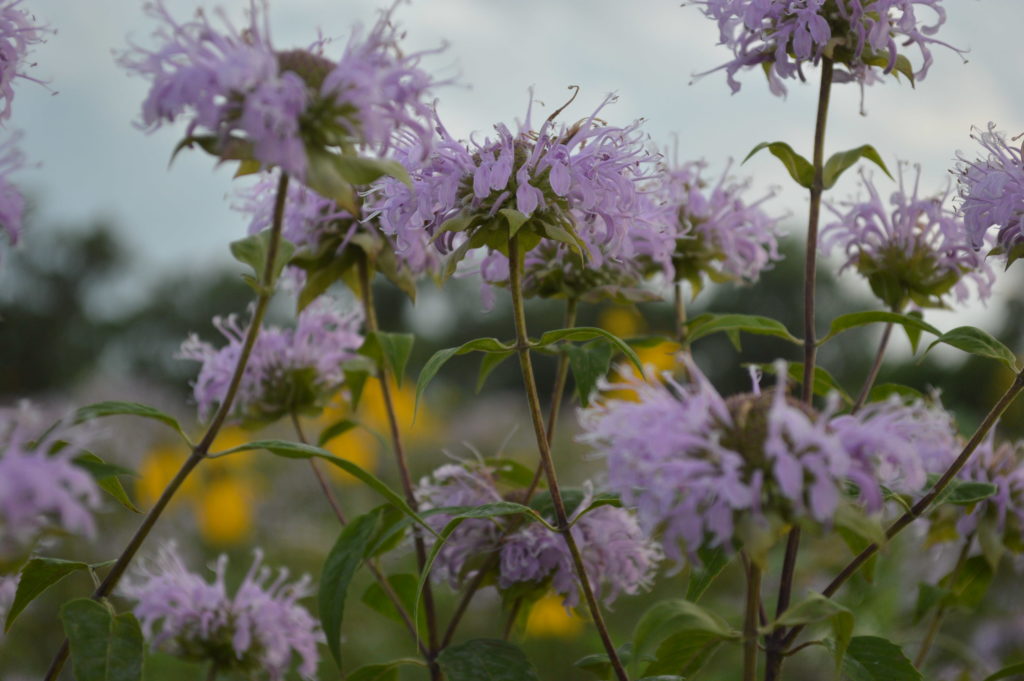
If there are no pollinators there will be no future for the rest of us…. shame on you
Ya missed the pictures of all of the garbage dumped there!
Certainly would have done so, had I seen any garbage dumped there.
Evidently you didn\’t look.
I think it’s already established that not everyone values nature and wildlife preservation. It doesn’t mean that it’s not worth saving. Sad, sad, sad…
Please figure out a way to help the pollinators. WE need them.
I wished the graves in the would area of stop it.
[…] Related: See photos of the Prairie Pollinator Zone from last summer. […]
We must protect all who have no voice. Wake up, this is happening all over the planet. Greed destroys everything. Let it be if it was met to be. Don’t destroy.